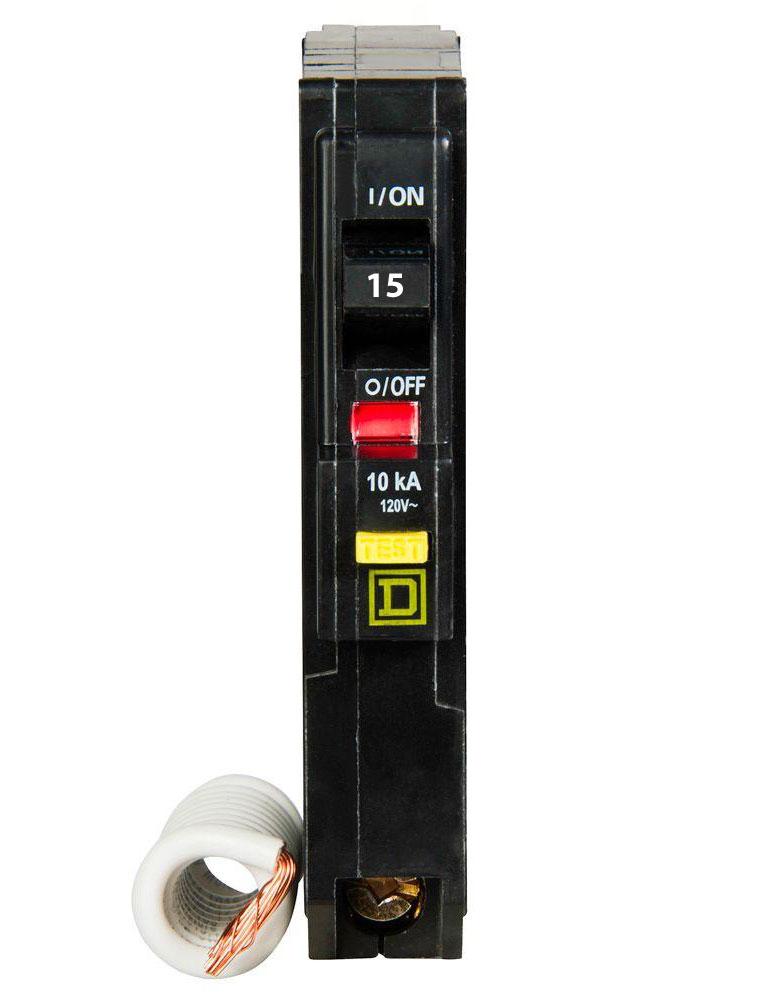burgerking
New Member
How much current to cause a significant Ground Fault ?
What is the best way to simulate one (on the PV wires, AC wires, Batteries)? (ie to cause an actual Ground Fault on a Deye Inverter for instance)
And what equipment best suited to detect them?
I want to train people on how to detect ground fault and therefore how to fix it.
What is the best way to simulate one (on the PV wires, AC wires, Batteries)? (ie to cause an actual Ground Fault on a Deye Inverter for instance)
And what equipment best suited to detect them?
I want to train people on how to detect ground fault and therefore how to fix it.






